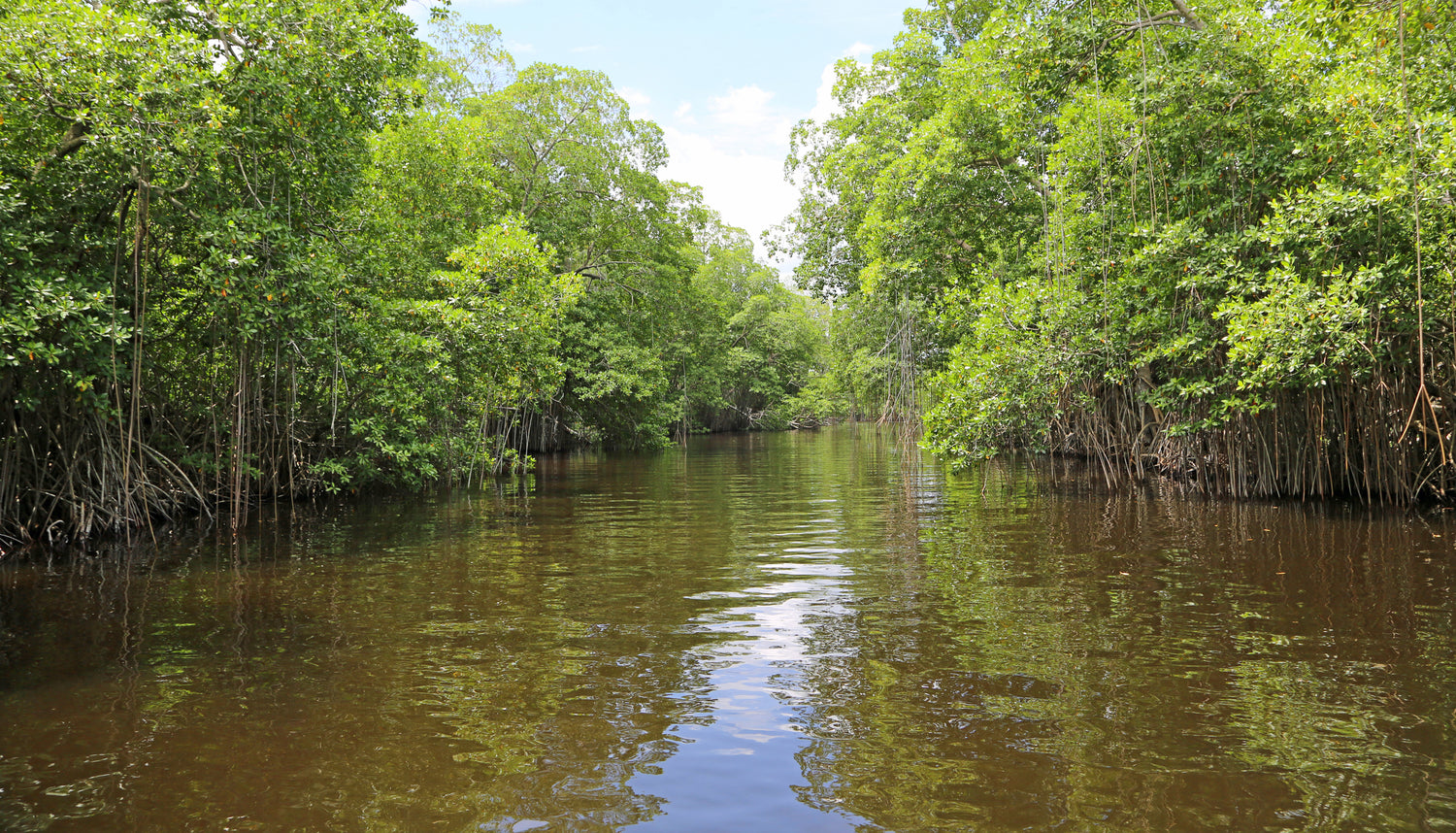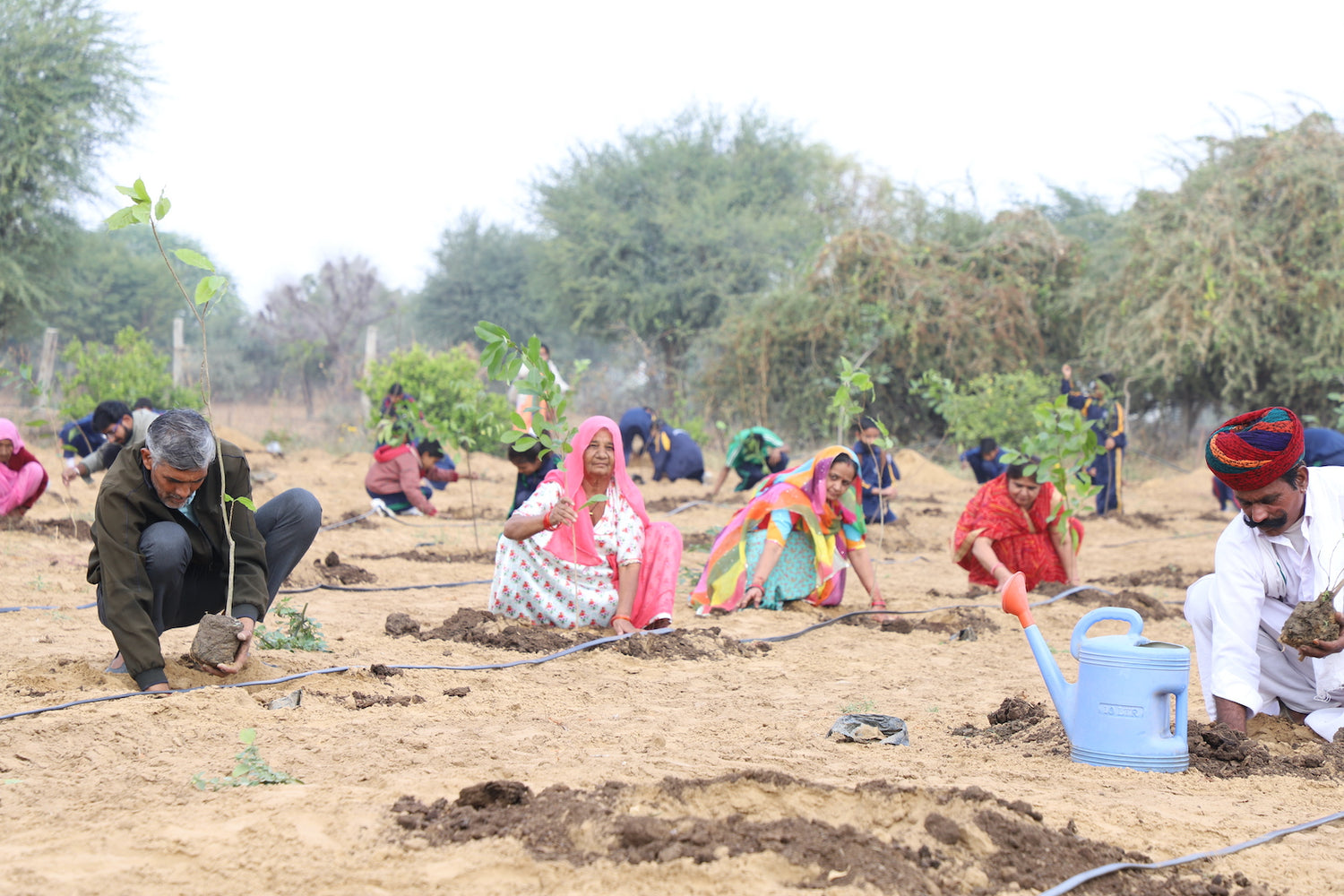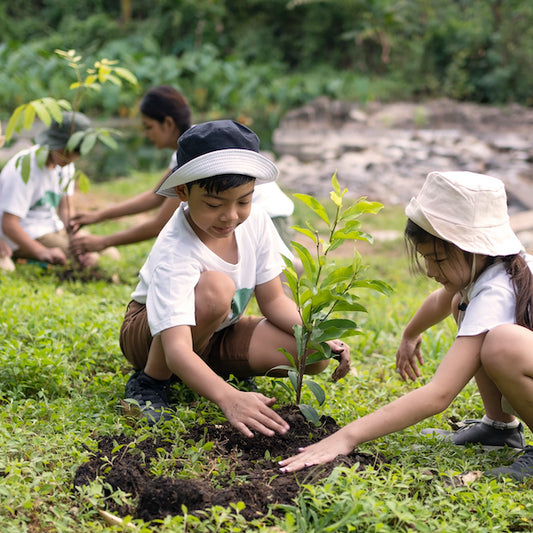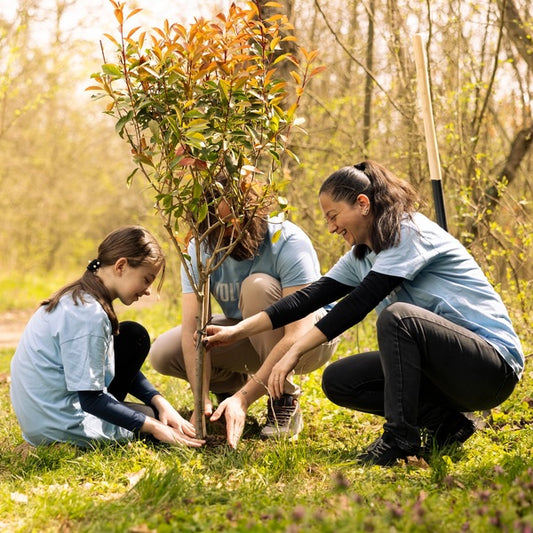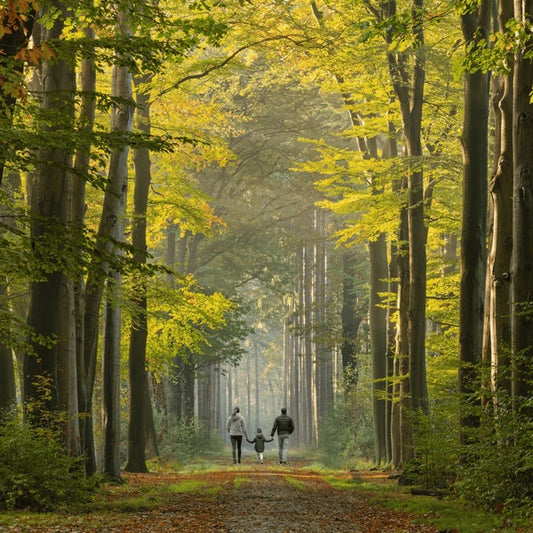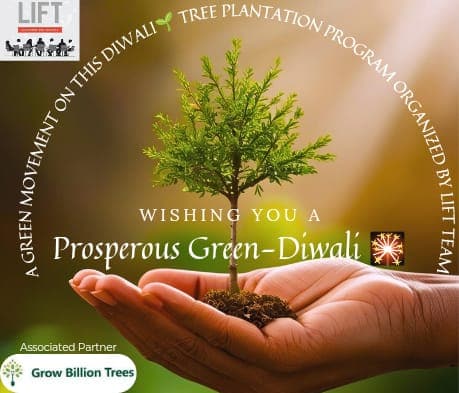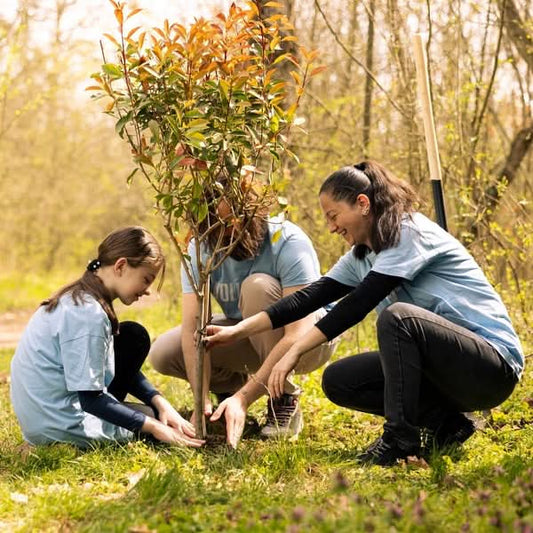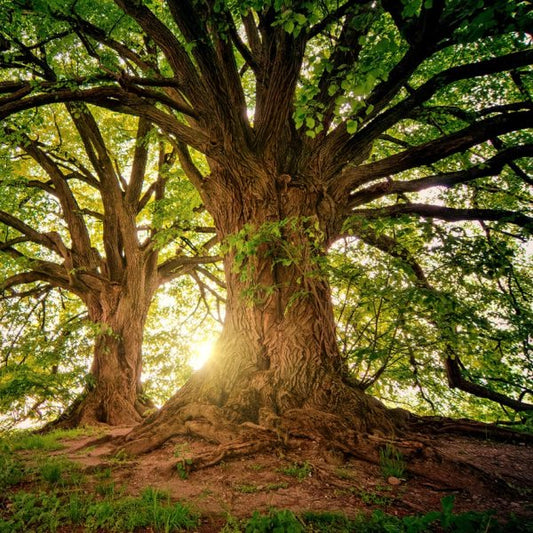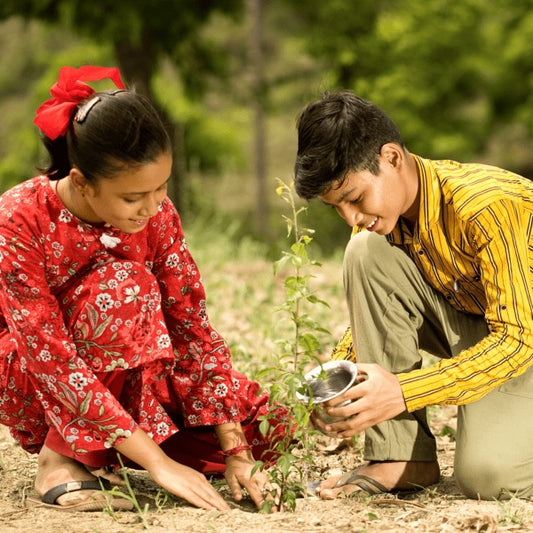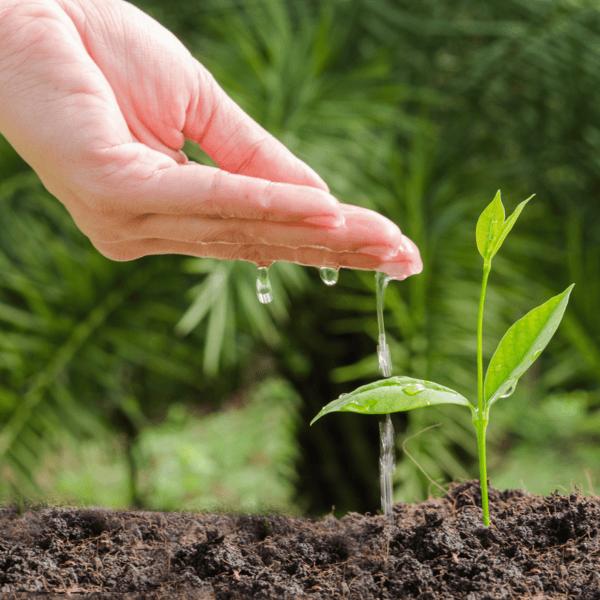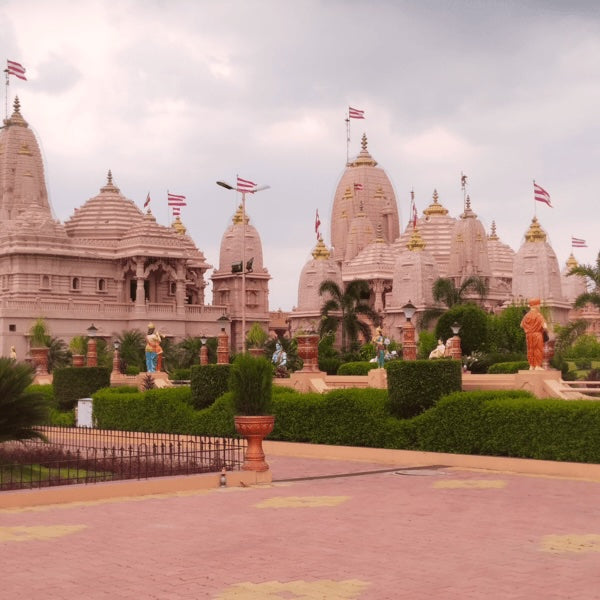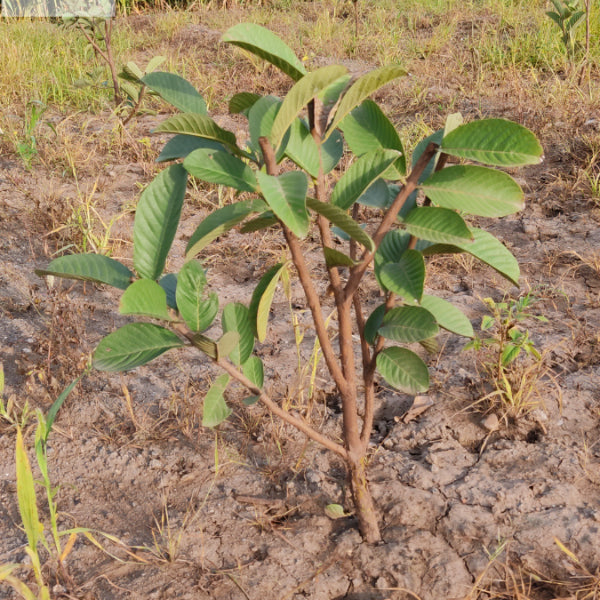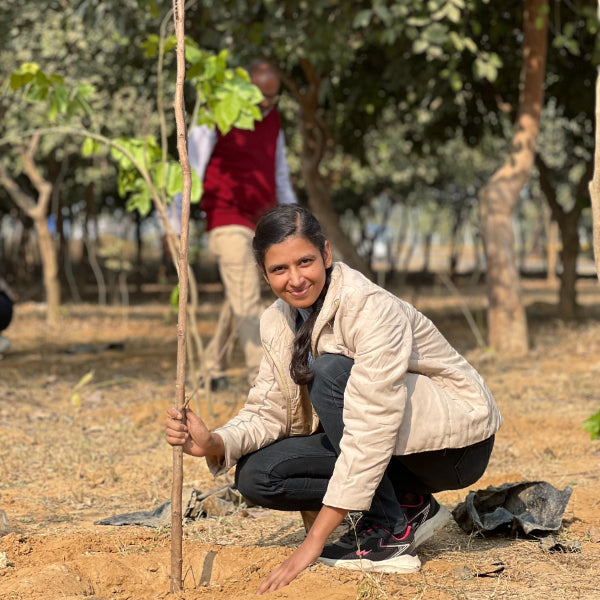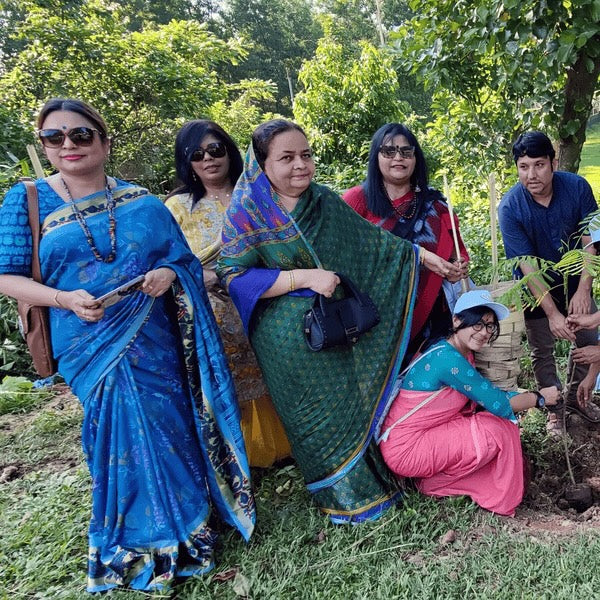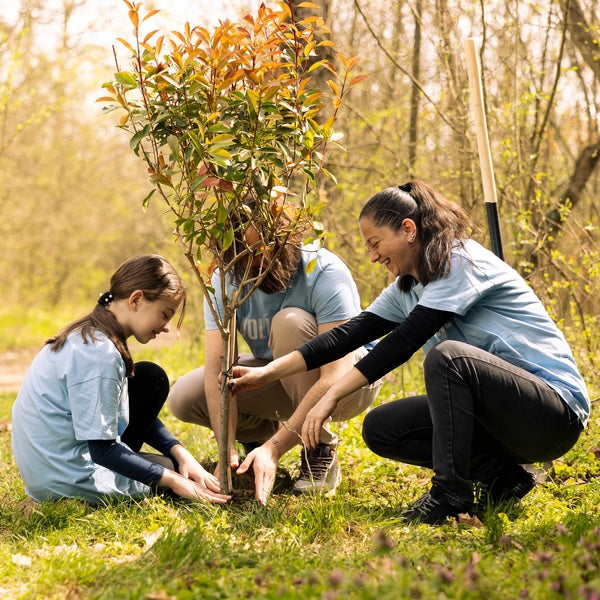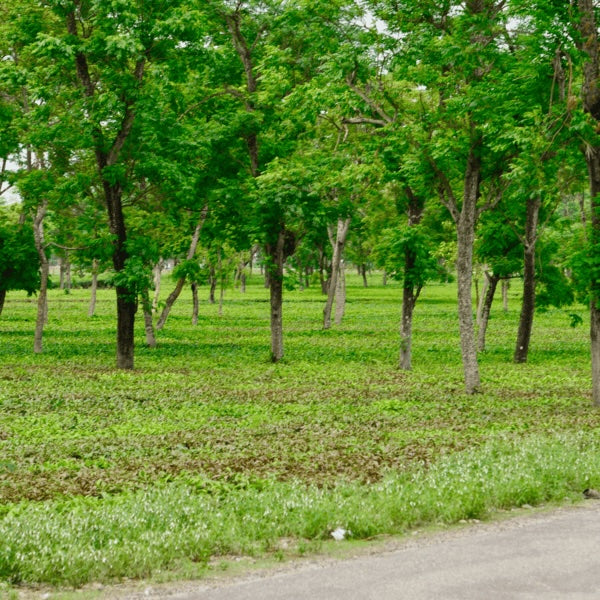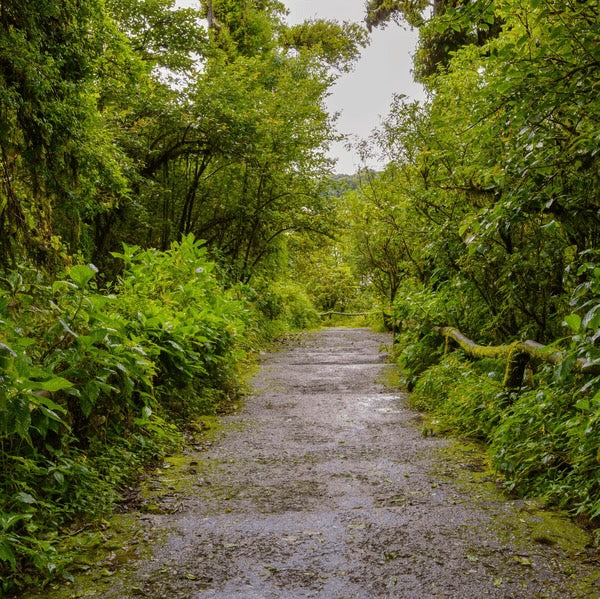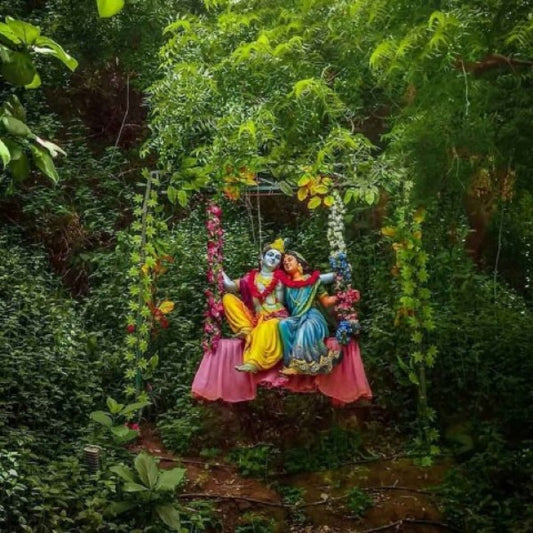Mangrove Estuaries of Goa: A Blend of Salt and Roots
Goa, known for its stunning beaches and vibrant culture, is also home to a unique ecosystem: the mangrove estuaries. These coastal wetlands are a cruc Read more
Connect with us
-
👥 Corporates
If you are looking for:
- 🌲 Tree Plantation Events
- 📊 CSR Projects
📧 corporate@growbilliontrees.com
📞 +91 9699723523
💬 +91 9325931304 WhatsApp (Only)
🕒 Mon - Sat | 10am - 7pm IST
-
🧩 Tree Plantation NGOs
If you are looking for:
- 💰 Financial Assistance
- 🤝 Operational Support
📧 support@growbilliontrees.com
📞 +91 9699723523
💬 +91 9325931304 WhatsApp (Only)
🕒 Mon - Sat | 10am - 7pm IST
-
🌼 Individuals
If you are looking for:
- 👥 Group Tree Plantation Drive
- 🌳 Bulk Tree Plantation
📞 +91 9699723523
💬 +91 9325931304 WhatsApp (Only)
🕒 Mon - Sat | 10am - 7pm IST
Trending
Trees for Corporates
Mangrove Estuaries of Goa: A Blend of Salt and Roots
Goa, known for its stunning beaches and vibrant culture, is also home to a unique ecosystem: the mangrove estuaries. These coastal wetlands are a crucial part of the environment, providing numerous ecological, economic, and social benefits. In this article, we will explore the significance of mangrove estuaries in Goa, their environmental impact, and the efforts of organizations like Grow Billion Trees Partners in promoting and executing conservation projects in the region.
What are Mangrove Estuaries? 🌳
Mangrove estuaries are coastal ecosystems where saltwater from the sea meets freshwater from rivers. They are characterized by the presence of mangrove trees, which are specially adapted to thrive in saline conditions. These trees play a vital role in stabilizing coastlines, reducing erosion, and providing habitat for a diverse range of wildlife.
Scientific Significance of Mangrove Estuaries 🌍
Mangroves are known for their remarkable ability to sequester carbon, making them essential in the fight against climate change. According to scientific studies, mangrove forests can store up to four times more carbon than terrestrial forests. In Goa, the mangrove cover is approximately 42 square kilometers, contributing significantly to carbon sequestration efforts.
Fun Facts About Goa's Mangroves 🌟
- Goa is home to over 10 species of mangrove trees, including the Avicennia marina and Rhizophora mucronata.
- Mangroves provide habitat for various species, including the endangered Olive Ridley sea turtle and the Indian River Dolphin.
- These ecosystems act as natural filters, improving water quality by trapping pollutants and sediments.
Historical Context 📜
The mangrove forests of Goa have been integral to the region's history. Historically, they have provided resources for local communities, including timber, fuelwood, and fish. However, rapid urbanization and industrialization have led to significant degradation of these vital ecosystems. Conservation efforts have become increasingly important to restore and protect these areas.
Environmental Impact of Mangrove Loss ⚠️
The loss of mangrove forests can have dire consequences for the environment. It leads to increased coastal erosion, loss of biodiversity, and heightened vulnerability to climate change impacts such as flooding and storm surges. Studies indicate that for every hectare of mangrove lost, the risk of coastal flooding increases significantly, affecting both human populations and wildlife.
Grow Billion Trees Partners: A Beacon of Hope 🌱🤝
Grow Billion Trees Partners is an organization dedicated to reforestation and conservation efforts in Goa's mangrove estuaries. Their mission is to plant and nurture a billion trees globally, with a significant focus on restoring mangrove ecosystems. They execute projects by collaborating with local communities, government bodies, and environmental organizations to ensure sustainable practices.
Through community engagement, educational programs, and hands-on planting initiatives, Grow Billion Trees Partners promotes awareness about the importance of mangroves. Their projects not only aim to restore mangrove cover but also empower local communities by providing them with the knowledge and tools needed for sustainable management of these ecosystems.
Conclusion 🌿
The mangrove estuaries of Goa are a vital part of the region's ecological and cultural heritage. Protecting and restoring these ecosystems is essential for maintaining biodiversity, combating climate change, and supporting local livelihoods. Organizations like Grow Billion Trees Partners play a crucial role in these efforts, ensuring that future generations can enjoy the benefits of these unique coastal environments. Together, we can make a difference and preserve the mangrove estuaries of Goa for years to come!
Mangrove Ecosystem
Welcome to the wild world of mangroves, where saltwater meets freshwater in a dramatic showdown! These coastal superheroes are not just trees; they’re the ultimate multitaskers, providing habitat for countless species, protecting shorelines from erosion, and even acting as nature’s water filters. Think of them as the bouncers of the coastal party, ensuring only the right guests (like fish and birds) get in!
Biodiversity Hotspot
If you thought a trip to Goa was just about beaches and parties, think again! The mangrove estuaries are a treasure trove of biodiversity, hosting a smorgasbord of flora and fauna. From crabs that dance like nobody’s watching to birds that flaunt their colors, this is nature’s version of a vibrant carnival. Who knew that a muddy shoreline could be so glamorous?
Ecological Importance
Mangrove estuaries are like the unsung heroes of the environment. They act as natural buffers against storms, absorb carbon dioxide like pros, and filter pollutants. It’s like they have a PhD in environmental science! So, next time you enjoy a sunny day in Goa, remember that these trees are working hard behind the scenes to keep the ecosystem in check.
Tourism and Recreation
kayaking through serene waters, birdwatching with a side of adventure, and snapping Instagram-worthy photos of lush greenery. The mangrove estuaries of Goa are not just a feast for the eyes; they’re a playground for nature lovers. So grab your paddle and get ready to explore this natural wonderland, where every turn reveals a new surprise!
Conservation Efforts
In a world where nature often takes a backseat, conservation efforts for mangrove estuaries are like a superhero origin story. Local communities and organizations are banding together to protect these vital ecosystems. It’s a grassroots movement that’s gaining momentum faster than a monsoon downpour. Join the cause and be part of the change—because saving mangroves is the new cool!
Threats to Mangroves
Just like every good story has its villains, mangrove estuaries face threats from development, pollution, and climate change. These challenges are like the pesky mosquitoes at a beach party—annoying and hard to ignore. But fear not! Awareness and action can help turn the tide and protect these vital ecosystems for future generations.
Mangrove Species
Meet the cast of characters in the mangrove estuary drama! From the resilient Rhizophora to the elegant Avicennia, each species plays a unique role in this coastal symphony. They’re not just trees; they’re the backbone of the ecosystem, providing shelter and sustenance to a myriad of creatures. It’s like a botanical soap opera, full of twists and turns!
Cultural Significance
The mangroves of Goa are not just a natural wonder; they’re steeped in cultural significance. Local communities have woven these ecosystems into their traditions, folklore, and livelihoods. It’s a beautiful blend of nature and culture, where every tree has a story to tell. So, next time you stroll through the mangroves, remember you’re walking through history!
Climate Change Impact
As the climate changes, our beloved mangrove estuaries are feeling the heat—literally! Rising sea levels and changing weather patterns are putting these ecosystems at risk. It’s like watching your favorite show get a bad reboot. But with awareness and action, we can help protect these vital areas and ensure they thrive for generations to come.
Mangrove Restoration
Think of mangrove restoration as a makeover show for nature. With a little TLC, these ecosystems can bounce back from degradation and thrive once more. Local initiatives are planting new trees and restoring habitats, proving that it’s never too late for a fresh start. Who knew that saving the planet could be so stylish?
Educational Tours
Want to learn about mangroves while having a blast? Educational tours in Goa’s mangrove estuaries are the perfect blend of fun and knowledge. Guided by experts, you’ll discover the secrets of these ecosystems while enjoying the great outdoors. It’s like a field trip, but with fewer rules and more adventure!
Mangrove Research
Dive into the world of mangrove research, where scientists are like detectives solving the mysteries of these unique ecosystems. From studying their role in carbon sequestration to understanding their biodiversity, researchers are uncovering the secrets of mangroves. It’s a thrilling adventure that’s helping us appreciate and protect these coastal wonders!
You may like
Corporate Plantations
FAQ
What are mangrove estuaries?
A blend of salt and roots, mangrove estuaries are coastal ecosystems where saltwater meets freshwater, creating a unique habitat. They’re like nature’s own cocktail party, where trees sip on salty water while their roots dance in the mud.
Why are mangrove estuaries important?
These ecosystems are the superheroes of the coast, protecting shorelines from erosion, providing habitat for wildlife, and acting as carbon sinks. They’re like nature’s bouncers, keeping the coast safe while hosting a wild party of biodiversity.
What species thrive in Goa's mangrove estuaries?
Goa’s mangrove estuaries are home to a vibrant cast of characters, including crabs, fish, and birds. Think of it as a nature reality show where every species plays a role, from the sneaky mudskipper to the elegant kingfisher.
How do mangroves help combat climate change?
Mangroves are the ultimate climate warriors, sequestering carbon dioxide and reducing greenhouse gases. They’re like nature’s air purifiers, absorbing carbon while providing a cozy home for countless species.
Can I visit Goa's mangrove estuaries?
Absolutely! Visiting these estuaries is like stepping into a living postcard. You can kayak, birdwatch, or simply soak in the beauty of nature. Just remember to leave no trace, so the mangroves can keep partying!
What threats do mangrove estuaries face?
Unfortunately, these ecosystems face threats like urbanization, pollution, and climate change. It’s like a bad reality show where the villains are trying to take over. We need to be the heroes and protect these vital habitats!
How can I help protect mangrove estuaries?
You can be a mangrove superhero by supporting conservation efforts, participating in clean-up drives, or even planting mangroves. Every little action counts, and together we can ensure these ecosystems thrive for generations to come.
What role do mangroves play in local economies?
Mangroves are not just pretty faces; they support local economies through fishing, tourism, and sustainable resources. They’re like the local bar that brings everyone together, providing jobs and livelihoods while keeping the community vibrant.
Are mangrove estuaries good for biodiversity?
Absolutely! Mangrove estuaries are biodiversity hotspots, providing shelter and food for countless species. They’re like nature’s buffet, offering a feast for fish, birds, and other wildlife, ensuring a thriving ecosystem.
How do mangroves adapt to salty environments?
Mangroves are the ultimate survivors, equipped with specialized roots and salt-filtering systems. They’re like nature’s engineers, finding ways to thrive in salty waters while keeping their roots firmly planted in the mud.
What can I learn from mangrove estuaries?
Visiting mangrove estuaries is an educational adventure! You’ll learn about ecosystems, biodiversity, and the importance of conservation. It’s like attending a masterclass in nature, where every lesson is a step towards a greener future.

